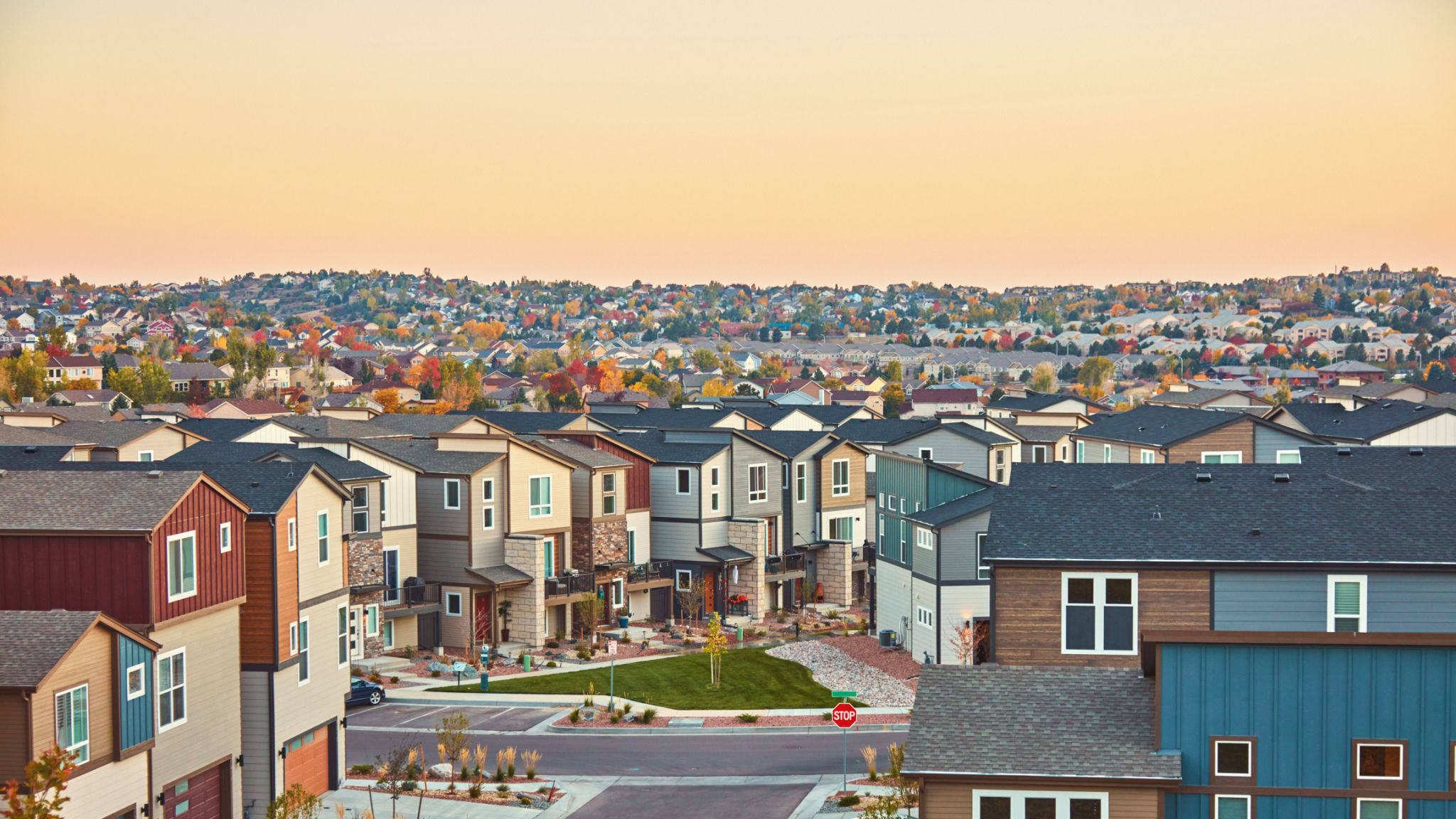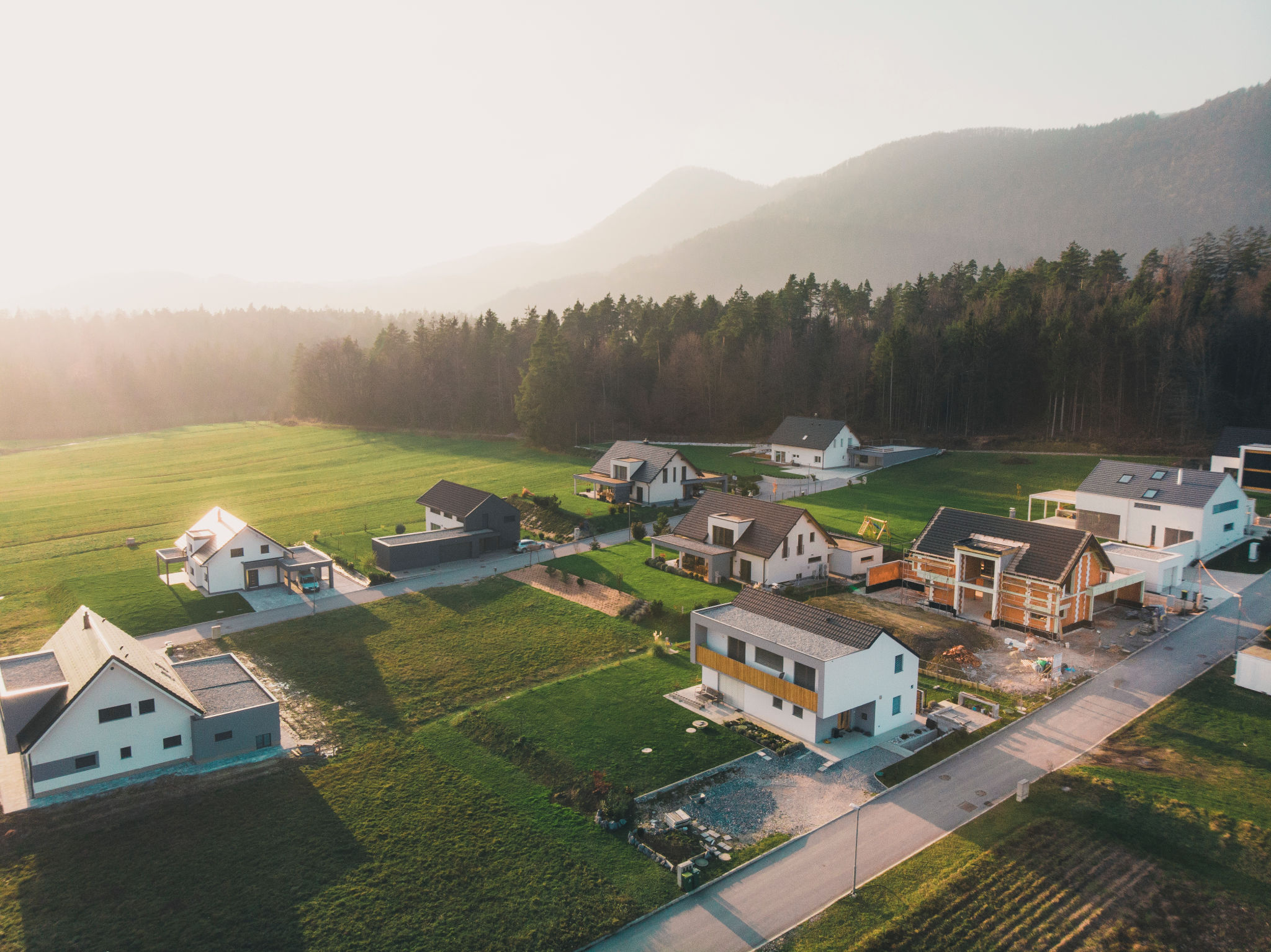Is the Texas Suburb Boom Slowing Down? What Experts Are Saying for 2025
The Texas suburban boom has been the talk of the real estate world for years, with cities like Houston, Dallas, and Austin seeing explosive growth.
But as we move into 2025, some experts are questioning whether this trend is finally cooling off. Are people still flocking to the suburbs, or is the hype starting to fizzle out? Let’s take a closer look at the latest suburban growth trends in Texas and what experts are predicting for the coming years.

The Rise of the Texas Suburbs
Over the past decade, Texas suburbs have become increasingly popular due to affordable housing, spacious living, and proximity to major urban hubs.
According to the U.S. Census Bureau, Texas gained more residents than any other state between 2010 and 2020, with much of that growth happening in suburban areas. Cities like Frisco, Round Rock, and The Woodlands became hotspots for families and young professionals.
The reasons behind this boom include:
- Lower Cost of Living: Housing prices in the suburbs remained significantly lower than in the city centers.
- Job Opportunities: Tech companies and corporate hubs moved to the outskirts, creating employment options.
- Quality of Life: More green spaces, schools, and family-friendly amenities made the suburbs attractive.
What Changed in 2025?
While the suburban boom seemed unstoppable, recent reports suggest a slowdown. Here’s what experts are pointing to:
- Rising Interest Rates: Mortgage rates have increased over the past year, making home loans more expensive.
- High Housing Prices: As demand surged, so did prices, pushing some buyers out of the market.
- Remote Work Normalization: As companies shift to hybrid models, the urgency to move away from city centers has lessened.
- Urban Revival: Downtown areas are seeing renewed interest as cities invest in revitalization projects.
What Do the Numbers Say?

Data from the Texas Real Estate Research Center shows that suburban home sales dropped by 8% in the first quarter of 2025 compared to the previous year. At the same time, urban areas like Dallas and Austin saw a 5% increase in home sales.
| Location | Suburban Home Sales (Q1 2024) | Suburban Home Sales (Q1 2025) | Change (%) |
| Dallas Suburbs | 12,000 | 11,100 | -7.5% |
| Austin Suburbs | 9,800 | 9,000 | -8.2% |
| Houston Suburbs | 15,500 | 14,300 | -7.7% |
| Urban Centers | 11,000 | 11,550 | +5% |
Why Are People Returning to the Cities?
With cities becoming more vibrant and offering better living conditions, many are reconsidering urban living. Initiatives like green spaces, better public transportation, and modern housing projects have made downtown living more appealing.

In Houston, for example, ongoing improvements in walkability and public amenities are drawing back residents who initially fled to the suburbs. To understand why walkability matters when selling homes, check out this helpful guide:
Why Walkability Matters When Selling Homes in Fort Worth's Downtown
Expert Opinions on the Future
Some real estate experts believe the suburban slowdown is temporary and will bounce back as mortgage rates stabilize. Others think the trend might shift toward a more balanced distribution between suburban and urban growth.

According to Mark Reynolds, a real estate analyst in Texas, “The suburban boom isn’t necessarily over. It’s just taking a breather as market conditions adjust. We’ll likely see growth continue, but at a slower pace than before.”
What Should Homeowners Do?
If you’re a homeowner or investor in suburban Texas, it’s crucial to keep a pulse on market trends. Here are a few tips:
- Monitor Mortgage Rates: If rates drop, suburban demand could pick up again.
- Consider Urban Investment: Urban areas might offer better returns as more people move back.
- Focus on Amenities: Homes with modern features and proximity to parks or schools will still attract buyers.
To learn more about selling your home fast in Texas, check out this guide:
Best Time of Year to Sell Your House Fast in Texas
Final Thoughts
The Texas suburban boom may not be ending, but it’s definitely hitting the brakes. As interest rates rise and urban centers become more appealing, suburban growth is likely to stabilize rather than continue at the rapid pace of the past decade. Whether you’re buying, selling, or investing, staying informed will help you make the best decisions for your real estate goals.
For more insights on how to make the most of the current market, check out our expert tips: Turning $5,000 Real Estate Investment to $50,000: Is it Still Feasible?
